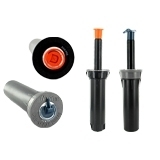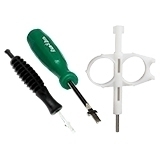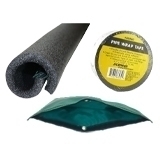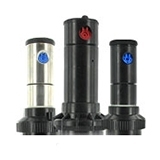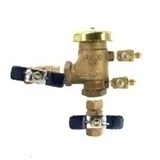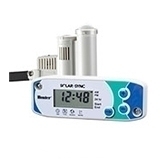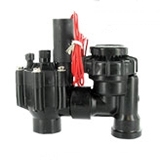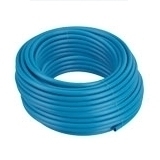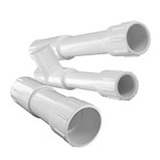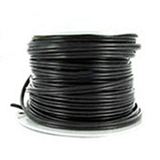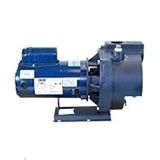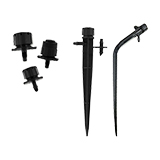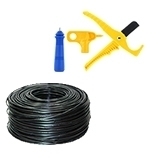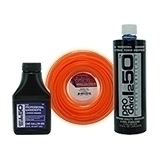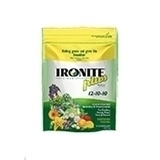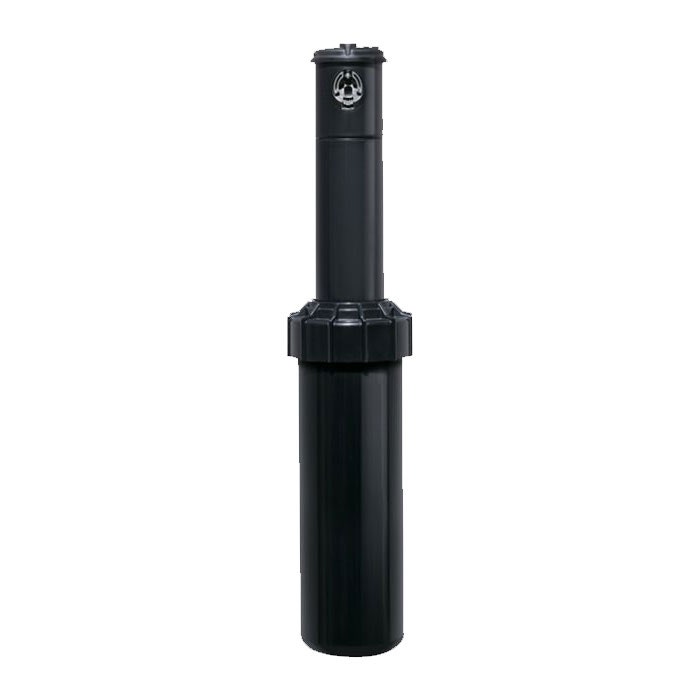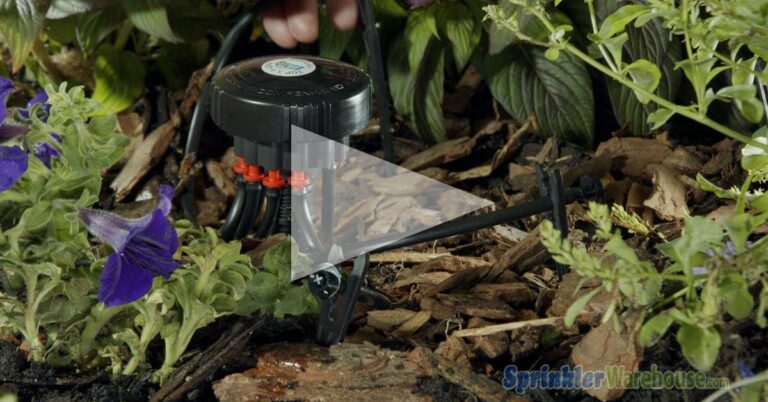Increasing Your Irrigation Pump’s Lifespan
This article discusses several methods to increase your pump’s lifespan, including using a smart box, start box, submersible pump shroud, protection switches, recirculation tanks, and CSVs.
Smart Box
- A Smart Box is a combined pump start relay and pressure sensor. In addition to connecting a pump to a 24V sprinkler timer, the Smart Box monitors pressure on the discharge side of the pump. If the pressure within the pump drops, the Smart Box begins a timer countdown. If the pressure has not recovered by the end of the countdown, the Smart Box shuts the pump down.
- The countdown timer automatically resets, so when the next pump cycle begins, if the pressure is still too low, the timer will countdown again, allowing the pump to rebuild pressure. If the pump is able to rebuild and maintain pressure, it will be allowed to run normally.
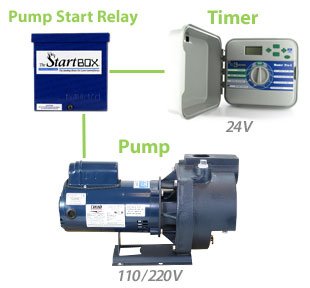
Start Box
- Start Boxes combine a pump start relay with a thermal overload strip to protect your pump from excessive amperage draw. Drawing too many amps will cause your pump to blow a fuse or cause heat damage to the pump itself.
- Shop for the StartBox here.
Submersible Pump Shroud
- A submersible pump shroud (or sleeve) is a casing that goes around a submersible pump and forces the water to flow past the pump motor to reach the intake.
- This forced water circulation ensures adequate cooling for the motor, increasing your pump’s lifespan by preventing the motor from overheating.
Pump Overheat Protection Switch (Pump Housing)
- This type of pump overheat protection switch fastens directly to the outside of the pump housing and can be wired in one of several ways: directly to one of the electrical supply lines (L1 or L2), directly to the pressure switch, directly to the pump start relay, directly to the pump station controller, or directly to the back of the motor.
Pump Overheat Protection Switch (Pump Start Relay)
- This type of overheat protection switch fits inside pump control boxes and monitors for loss of suction and power fluctuations. When abnormalities are sensed, the switch directly disconnects the pump motor.
- A recovery timer counts down to a designated time and then reconnects the pump motor. The recovery timer can be overridden by shutting off and then reapplying power to the switch and pump.
Recirculation Tank
- A recirculation line prolongs your pump’s lifespan by preventing dead-heads. Recirculation lines run from the pump discharge line upstream of the discharge valve, back to the pump’s water source. Recirculation lines must be sized to allow enough flow through the pump to prevent overheating.
Cycle Stop Valve (CSV)
- Cycle Stop Valves (CSV) increases your pump’s lifespan by working with a pressure tank and pressure switch (or pump start relay) to reduce your pump’s on/off cycles. The CSV mechanically controls the output flow from your pump. For example, you would use a CSV set at 50 psi with a 40/60 psi pressure tank.
- When the water is switched on (for household or irrigation use), the pressure in the tank drops from 60 psi to 40 psi as the water level in the tank decreases. Once the pressure in the tank reaches 40 psi, a signal is sent to the pump to switch on. This is where the CSV comes in.
- When the pump starts, the CSV opens wide, to allow the pressure tank to fill quickly. Once the pressure tank reaches 50 psi, the CSV closes partially, and keeps the pump’s output at 50 psi. This way, the pressure tank does not refill completely until water use at the house has stopped.
- Once the water is switched off at the house, the CSV closes. A small amount of water is bypassed from the inlet to the outlet of the CSV, which maintains proper cooling for the pump and slowly fills the remainder of the pressure tank. Once the tank is full, the pump switches off.
- Without a CSV, the pump would continually cycle on and off for the duration of the water usage at the house: while sprinklers are running, the pressure tank would continually drop in pressure, switch the pump on, refill to the correct pressure, switch the pump off, and begin the cycle over again.



